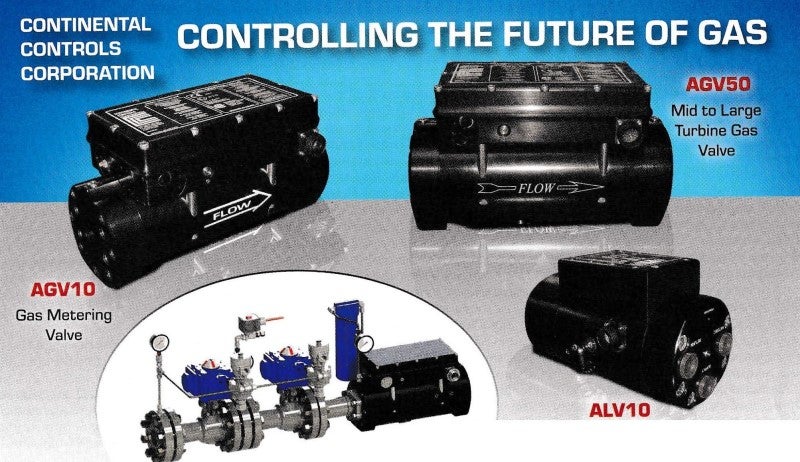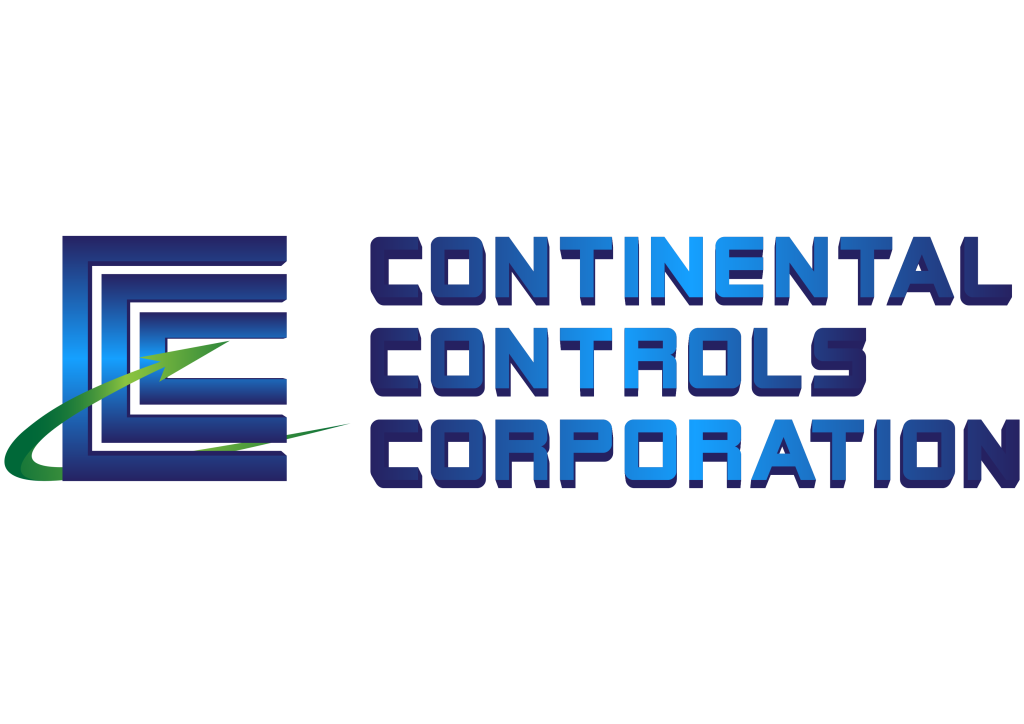
Plant owners and operators want ways to maintain efficiency, increase facility lifespans and profitability, and meet emission mandates.
Continental Controls Corporation’s (CCC) Gas Fuel Shutoff and Control System is a complete fuel train with pre-assembled components that are welded, tested, certified and delivered on one manifold. The system also includes a controller with temperature, pressure and other parameter sensors, as well as flow measurement, pilot valves, NOx feedback, fuel metering, fuel heating-value measuring, a coaxial valve to eliminate gas leakage, and redundant pneumatic shutoff valves that meet safety and industry standards
There are five main reasons to upgrade to CCC’s fuel system today.
Ageing parts
Many gas turbines have been in operation for anywhere from ten to more than thirty years. With worn components such as unreliable fuel controls causing machine start-up problems, ageing units can cause costly unexpected outages. Heavily used machines are likely to have dirty or worn fuel valves, unreliable shutoffs or systems that aren’t responsive to operator instructions, however peaking turbines that are rarely used can also suffer from faulty components.
In the past, old fuel manifold and shutoff valves were often reused when control systems were upgraded. The shutoff valve, associated check valves, vent valves and actuators need to be replaced after years of service to prevent sticking or hanging up during startups, which can cause unscheduled maintenance or more serious accidents if parts fail to securely close in an emergency. Also now, with the interest in capturing fugitive emissions, new and updated shut off and vent valves is essential.
There are also numerous turbines that have poorly supported fuel control systems, some of which may have even been made obsolete by the original equipment manufacturer (OEM). At a certain point, it is not worth keeping ageing controls running any more Both for improved reliability and reduced cost of repair and replacement.
Slow response
Today, fuel control systems must meet operators’ expectations for rapid, on-demand start up as well as near instant shut downs in emergencies. This requires valves that provide precise fuel mixes as well as reliable and swift fuel shutoffs.
Commonplace fuel control systems with response times of half a second to a second or even two seconds pose an operating risk. Pneumatically actuated valves with response times of 200 milliseconds or less can provide operators with the peace of mind that shutoffs will occur fast enough to avoid damage.
Fuel metering valves also need to function at the right pace. Valves work in coordination with control systems and real-time flow controls can ensure that the right amount of fuel is dispensed at the right time, helping to meet both performance objectives and emissions compliance.
Shifting skills
The demand to do more with fewer personnel, along with steady retirements from an ageing workforce, has changed the skill set available at plants. There is no place for finicky or unreliable turbine systems, and fuel controls must not be the weak link.
Fuel control systems should be unified, providing comprehensive, automated metering, shutoffs and control of fuel. Ideally, these systems would be provided pre-assembled with low power actuation, eliminating the need for additional high-powered electrical lines to operate motor-driven valves.
An engineered solution that is tested, integrated and can be dropped into place makes life easier for less-experienced plant personnel. While some staff may be able to competently tie various components together given the time, fit-and-forget leak-free systems are the better option for most of the workforce. This creates more time for employees to focus on big picture-overall performance, emissions compliance and plant economics.
Meeting the latest standards
Safety standards have been constantly evolving over the last twenty years. Safety Integrity Level (SIL) 2 or 3 are now expected for new valves, while fast fuel shutoffs have become another important safety aspect.
Whenever there is a loss of pilot pressure, or when plant control systems dictate, the turbine gas flow must immediately stop. The latest fuel control systems include safety capabilities, such as redundant pneumatic shutoff valves and leak-preventing block-and-bleed architecture, that older systems lack. Furthermore, all-electric pilot valves can experience shutdown delays in the event of a power outage.
Older fuel controls can often be found lacking in regard to the many standards and regulations that now apply to fuel trains. Without the flexibility to quickly respond to fuel heating value changes, they can struggle to meet emissions compliance. In comparison, the latest systems are tested to meet the current requirements as well as being available with fully certified fuel control assemblies.
Poor economics
Plant performance and profitability can be negatively impacted by inefficient fuel systems, with older systems often lacking the necessary responsiveness. Unreliable components and systems can cause result in unexpected shutdowns. Expected economic outcomes can be achieved more easily with investment in modern end-to-end fuel controls.
Click ‘Make an Enquiry’ towards the top of the page for more information.

